A thorough home inspection checklist is a great way to make sure the home you are looking at is in good condition before buying. You don’t want there to be any surprises with something as complex and expensive as a house. This article shows you what the potential issues are in various areas of the home. Keep reading to learn more about the home you are interested in.
Disclaimer: This Home Inspection Checklist should not be considered a substitute for a home inspection. It is meant for a home buyer to gain more information about a home they are purchasing. After the home is selected a complete home inspection should be performed from a certified home inspector as per your local rules.
The home inspection is divided up into different categories. These are the various parts of the home you will be in. Keep in mind that any issues will need to be addressed at some point or another, depending on their severity.
The Complete Home Inspection Checklist for Buyers is a printable PDF you can take with you when looking at the home. It helps you see what areas in the home are good-to-go, and which ones need work. There is plenty of blank space in the margins for you to take notes for future reference.
The PDF is meant to be used alongside this article to better understand what you are looking at in the house. The parts of the checklist are discussed in detail below for you to know what you are looking at. Now let’s take a look at the different parts of a house that need to be checked out.
Exterior
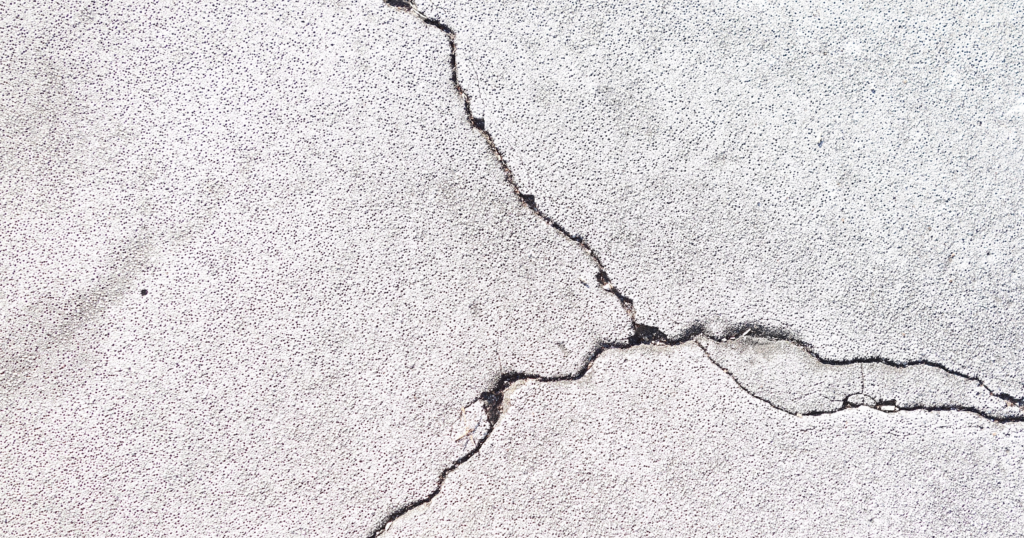
Driveway and Walkway
The driveway and walkways are some of the most highly used areas on the property.That’s why it’s susceptible to damage over time. It’s how you enter and exit the house, making it important for it to be safe to walk on.
Look for large cracks in the concrete. These can be fixed, but they won’t look perfect. They can reappear over time, causing more maintenance down the road. The best long term solution to this problem is to have a new driveway or walkway put in. But this can be expensive.
Another problem for homes with steps in the walkway is they may begin to sag over time. This becomes a slip hazard and should be addressed. The steps can be leveled out, but this is a process that can cost a lot of money.
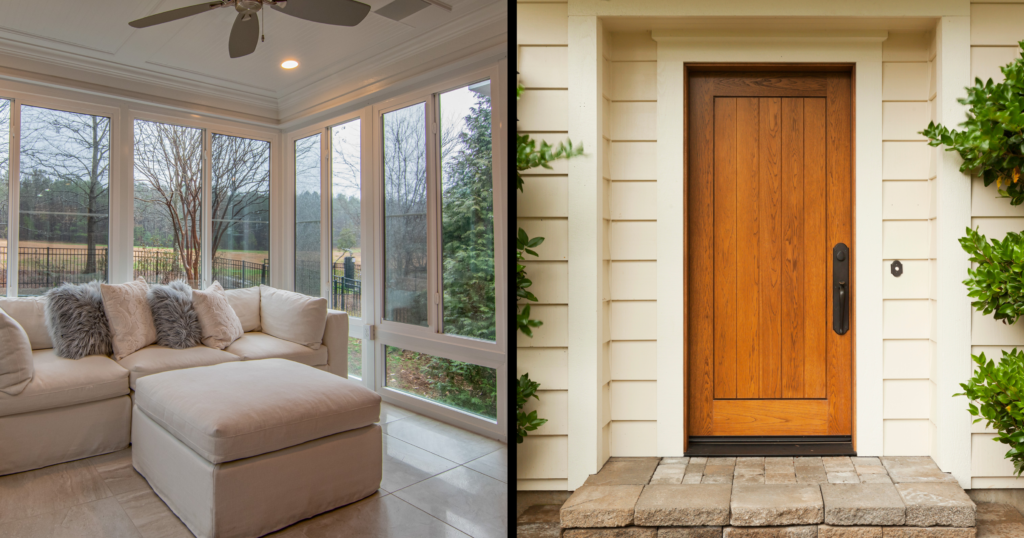
Windows and Doors
The windows and doors are areas that can cause drafts and cold spots in the house. This becomes an expensive problem with the increased heating and cooling bills.
When looking for problems with the windows and doors, start at the outside of the house. Take a look at the trim and caulking around them. Is there any obvious visible damage? Does it look old and in need of replacement? Is the trim’s paint falling off?
When you go to the inside of the house check if the windows are able to latch completely. Is it hard to shut all the way? Does the door have a complete weatherstripping where the door touches the jamb?
These are all signs of problems with the windows and doors. Some of them can be an easy fix like replacing the weather stripping. Other problems may require professional help.
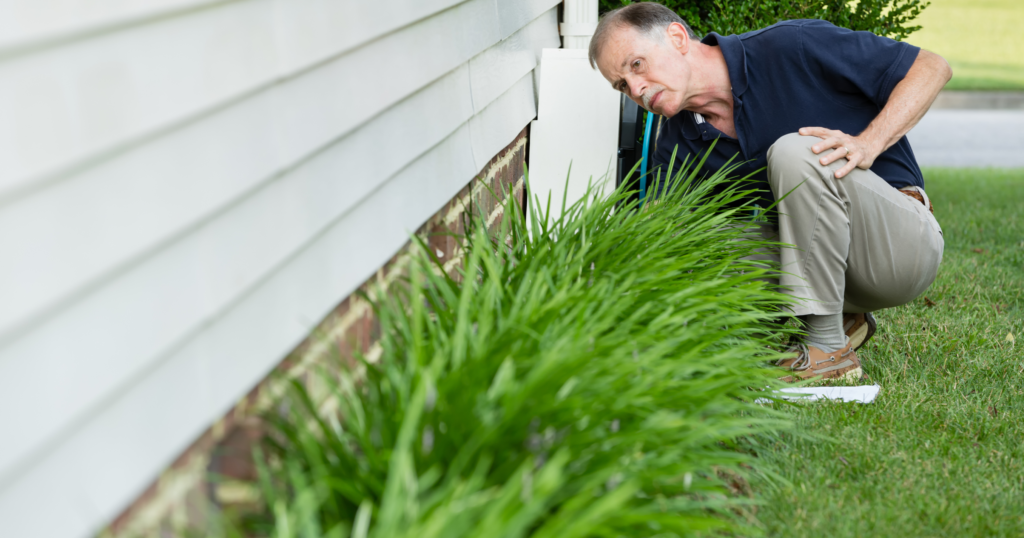
Grading and Foundation
Take a walk around the outside perimeter of the house. Take a look at the foundation as you do this. You want to look for major cracks in the foundation that can let water in. Are there many repairs to previous cracks in the foundation? This can be a sign that the house is settling and will need more repairs in the future.
You also will be looking at the grading of the earth around the foundation. This means you want to look at the direction the earth is sloping around the house. It should be at its highest at the house and slope away from it. This will prevent any water from puddling up at the foundation long term. You don’t want any of the dirt to touch the siding. You also want to keep the landscape plants from touching the siding.
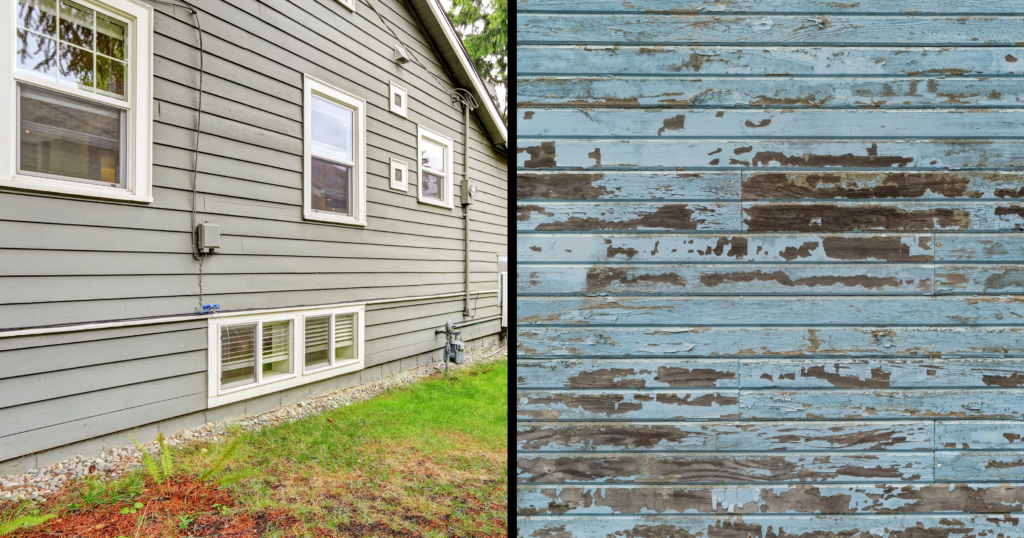
Siding Condition
Siding is the first line of defense the house has from damage by external forces like water, UV light, and pests. There are many different types of materials that are used for siding on a house. The options are somewhat dependent on the location the house is built in. Some sidings work better for certain climates, where others are not a good choice for those locations.
There are a few key factors to look for in the condition of any type of siding being used. The first is whether the paint is chipping off the siding. Are there any bare patches that allow you to see the siding beneath the paint layer? This also goes for the home’s trim. Check if the paint looks like it’s in good condition or not. If not, the home will need a new paint job sooner than later.
Check the surface of the siding for any visible damage. This includes the edges, particularly near the ground. Siding is meant to prevent water and pests from damaging your home. If the siding isn’t secured very well it can cause damage to the internal layers of the home.
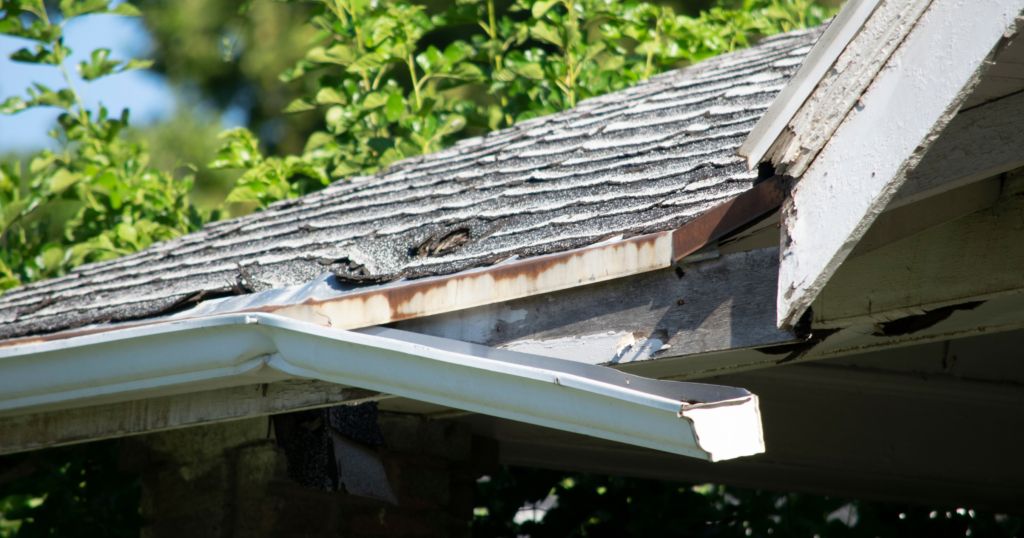
Gutters and Downspouts
The gutter system is meant to move water when it rains from the roof, down and away from the house. This prevents water from puddling up and standing near the foundation of the house for long periods of time. A gutter system that’s in good working order has multiple components that should all be working together.
The first stage is the gutter itself. Check if it’s secured to the house. It should be flush against the roof line, and not pulling away at all. You can tell this by looking at it from below near the home’s exterior wall.
Next follow the gutter all the way to the downspout. This is the vertical piece that extends from the gutter to the ground. None of the sections should be coming apart. They are supposed to be securely connected with no gaps between them.
The final section in the gutter system is how the water exits the downspout. At some properties it will simply angle away from the house. This in combination to a proper grading will be sufficient.
Another method for removing the water is the downspout connects to a pipe in the ground. This pipe will move the water away from the house, as long as it is in good condition. Various circumstances can cause it to collapse or get clogged. This is something that can not be determined until water is flowing.
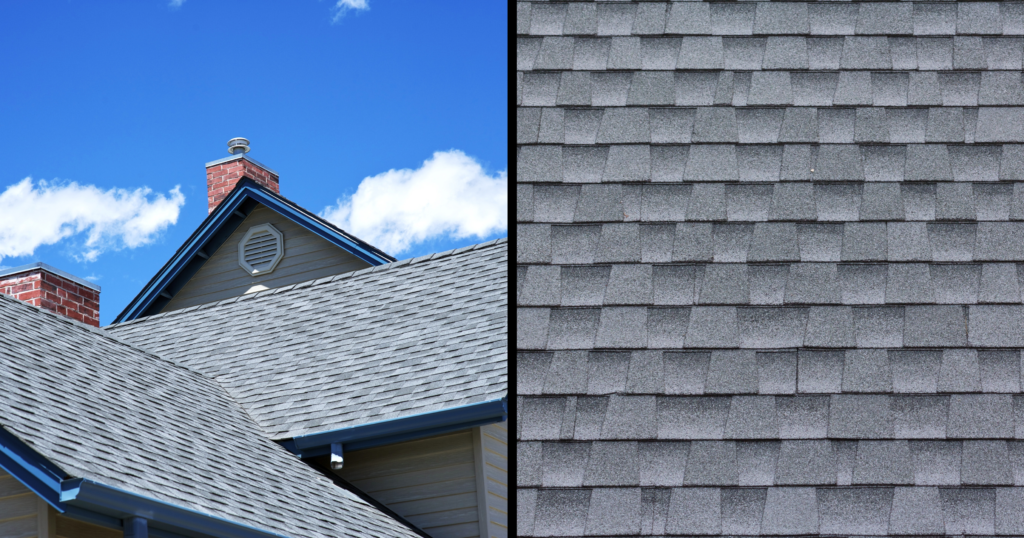
Roof Condition and Age
The roof is a part of the house that WILL need to be changed over time. Each roof has a lifespan of typically 20 to 25 years. We don’t always know when the roof was installed, so there are a few things to look for that can help you determine if the roof is in good condition.
The shingles should be laying flat on one another. Can you see any of them curling up at their tips? This is a sign of the roof being old and near the end of its lifespan.
Are there any shingles that are a different color? This can be a sign that there was a problem in that spot that was repaired. The problem may come back in another location.
Interior
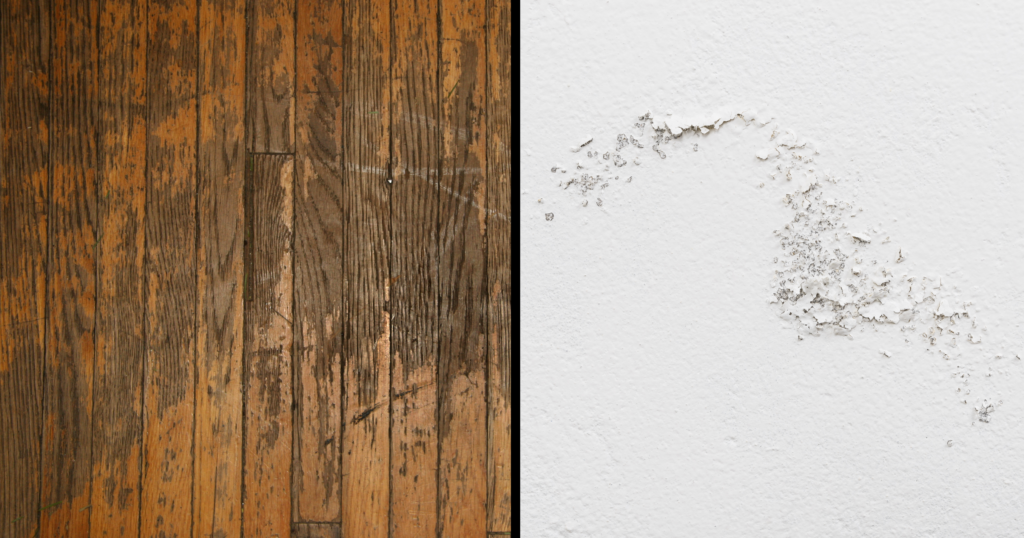
Walls, Ceilings, and Floors
On the ceiling you will be looking for water stains, or any other visible damage. This can be a bigger problem that must be addressed. The walls and ceilings may have paint chipping off of them. This is something a weekend and some fresh paint can fix.
The floors can be a tricky one. A lot of it depends on what material is used for them. Carpet is expensive to replace if it’s pretty much destroyed. Hardwood floors may be flexible depending on the level of damage. This can be an expensive process as well.
It’s important to check the overall condition of the floors. Do you like how they look, etc? Are you willing to live with them, or do they need to be replaced immediately? They may be too far gone adding an additional expense on top of the home purchase.

Windows and Doors
You looked at the windows and doors earlier in the exterior inspection. Now is when you want to take a thorough look at the interiors of the windows and doors. You can add to this the interior doors as well.
The windows should be able to latch and unlatch easily. They need to open and close all the way. Are any of them sticking, or having any type of trouble being used?
The interior doors should not be dragging on the floor when in use. This may happen if the flooring is carpet. This is fixable, but requires certain tools and know-how. They should also be able to latch completely when shut. You want to inspect the knobs at this point as well.
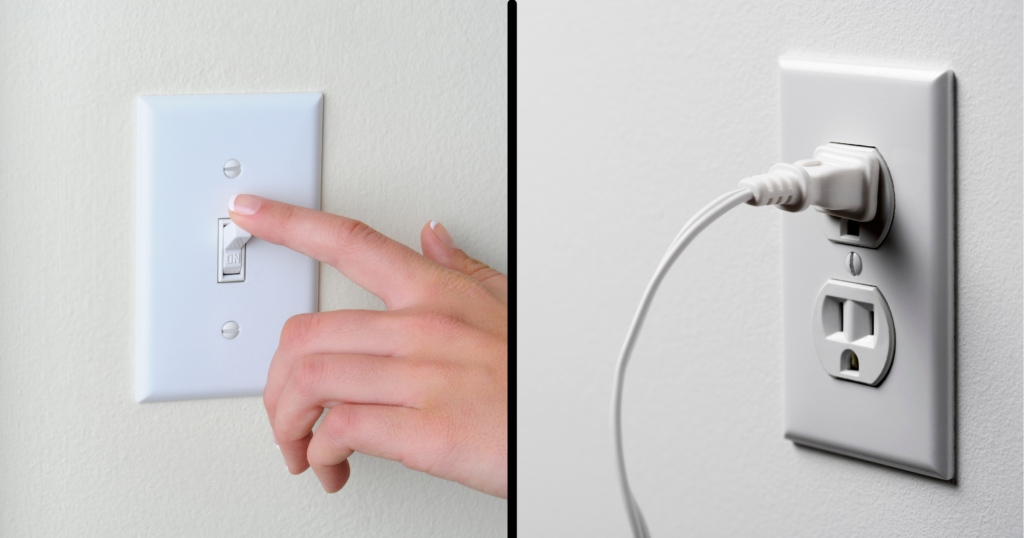
Electrical System (Outlets, Switches, and Wiring)
The outlets and light switches should be fully intact with cover plates installed. There should not be any visible wiring, or any type of exposure to the electrical box inside the wall. This can be dangerous and should be addressed immediately.
Check the switches to make sure they work. Turn the lights on and off. This can be a good time to also inspect the lighting in the house. Keep in mind the lights may not work because the bulbs could be burnt out. This is a simple fix if it’s the case.
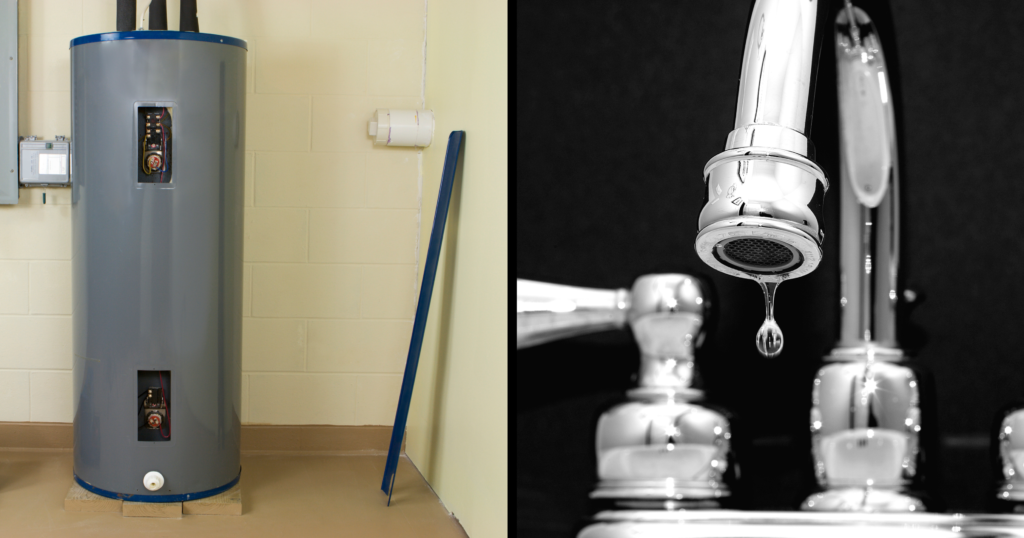
Plumbing System (Pipes, Faucets, and Water heater)
You are looking for any signs of leaks. Some leaks are easier fixes than others. For instance, a leaky faucet can be an easy fix, or it might be better to replace the entire faucet. Do the faucets drip when they are in the off position?
Take a look below the sinks for signs of water damage from leaks. You don’t want there to be any swelling on the cabinets below the plumbing. If the leak has been happening for a long time it can lead to larger problems like mold, or replacing the cabinets.
The water heater should not have any puddles or water marks below it. There isn’t an easy way to tell if the water heater is old and needs to be replaced. If it’s a water heater with a storage tank, you will want to consider flushing and cleaning it after you purchase the house. If it is a tankless water heater there is a chance it’s new and in good condition.
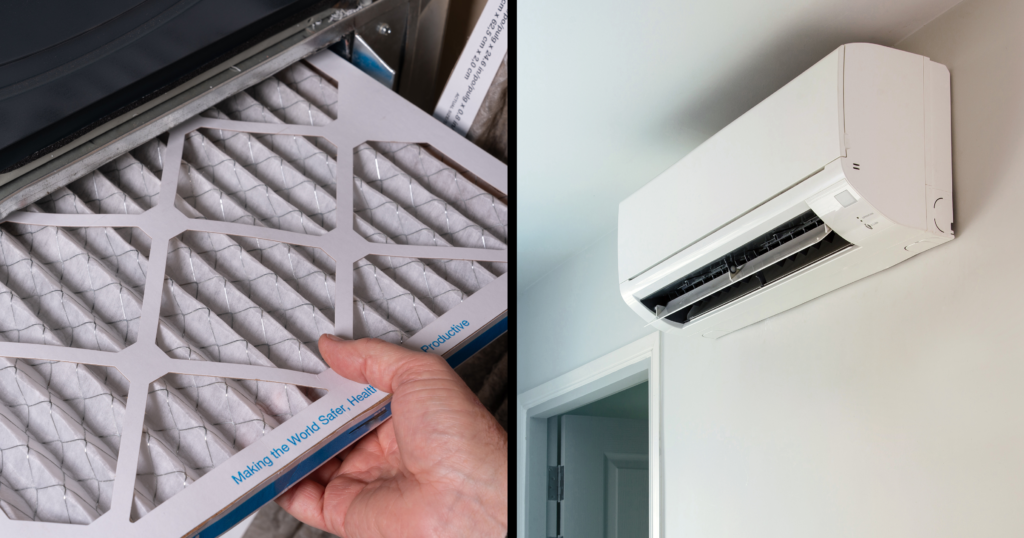
HVAC (Heating, Ventilation, and Air Conditioning)
Turn the heater and air conditioner on to find out if they work or not. Do the registers seem to be in good working order? Slide them in the open and closed position to make sure they work correctly. These are easy to replace if any of them are broken. You will need to know the size before buying new ones.
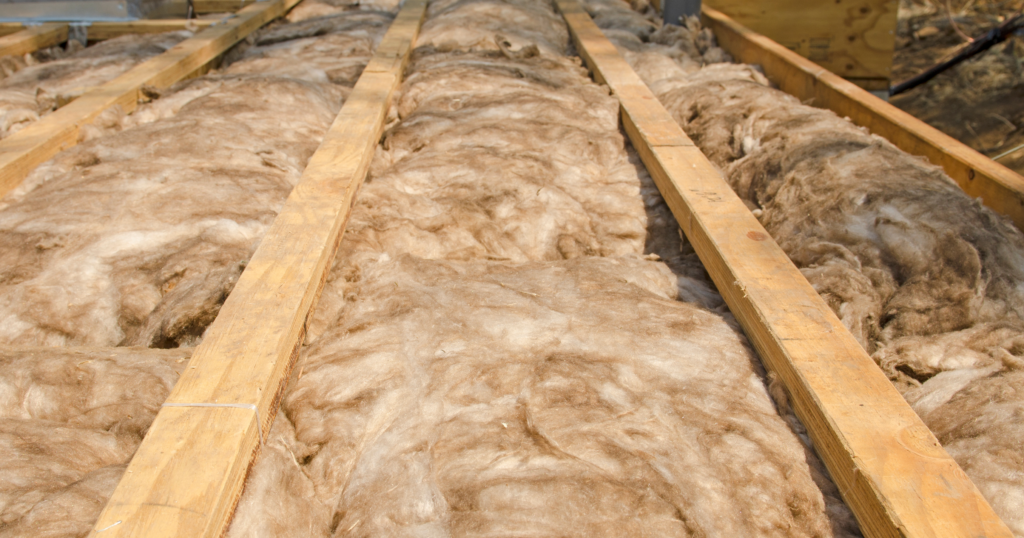
Insulation and Ventilation
This is going to be in the attic and the crawl space (if there is one). Chances are you don’t have a ladder to go into the attic, but that’s okay. The home inspector will do this during the home purchase process.
You will want to assess the amount of insulation there is in these spaces. The right amount of insulation will help you save money in the long run.
If you want to add some to the attic you can rent a spray insulation machine from a local tool rental location, and purchase the right kind of insulation. The crawl space is going to be a more tricky and messy type of job. I recommend hiring someone who knows how to do this type of work.
Kitchen
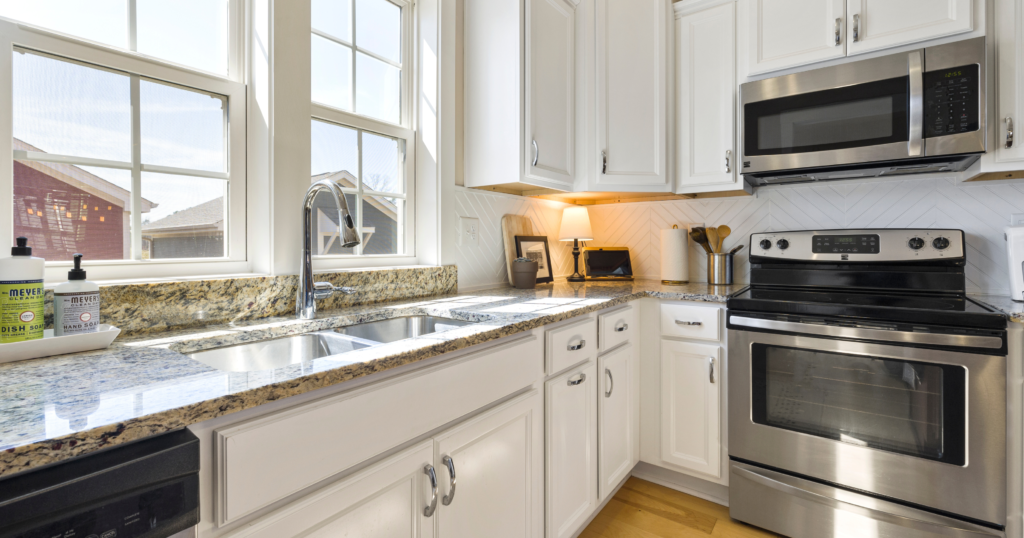
Appliances
The first thing to determine is if the appliances come with the house. Do the appliances work? Are they old and outdated? What is the overall condition they are in? The appliances are going to get a tremendous amount of use. That’s why you want to think about their condition, and whether you may be replacing them sooner or later.
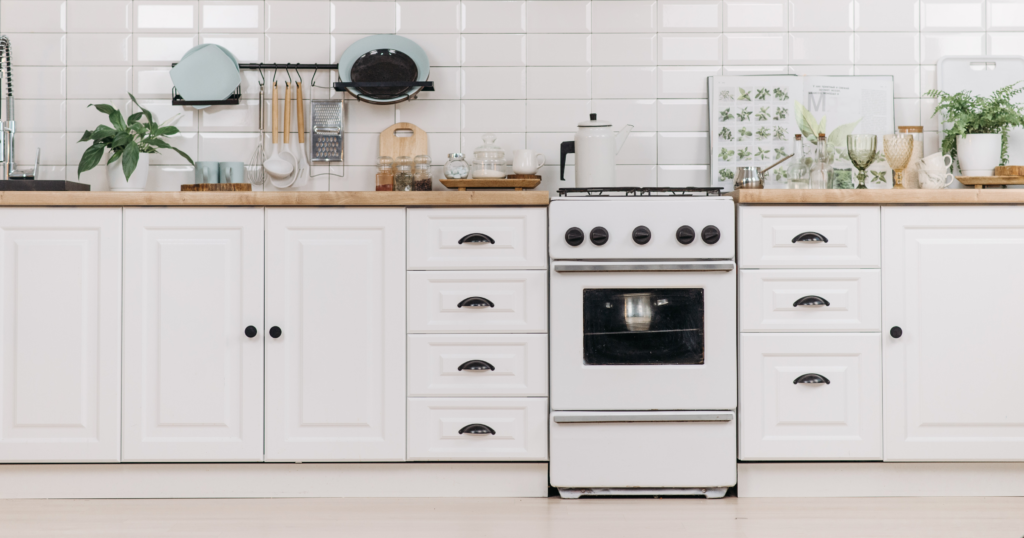
Cabinets and Countertops
What conditions are the cabinets in? Are the doors square, or do they sag a bit? How is the paint or stain condition on the cabinets? Is there any visible damage that will need to be addressed?
Take a look at the condition of the cabinets. If they are good, or even if you can manage to live with them for a while, you may want to hold off on replacing them for now.
Countertops should be in good condition. Quartz and granite are the most durable types of countertops. Formica is going to wear out over time, as it is made from particle board with a formica veneer glued to it. If these need to be replaced, you want to consider replacing the cabinets at the same time.
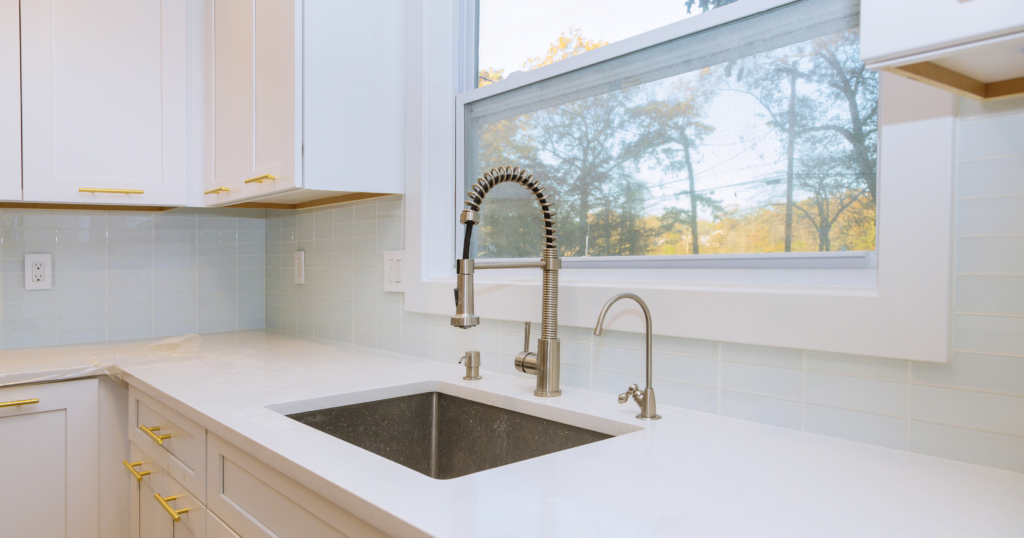
Sink and Garbage Disposal
If the sink has a lot of wear and tear you may want to replace it. If you want to replace the sink you also want to consider doing the cabinets and countertops at the same time.
Does the garbage disposal work? Does it make a weird noise that can mean there’s a problem with the motor? Changing the garbage disposal isn’t a hard thing to do. It’s something you can do yourself with a few basic tools.
Bathrooms
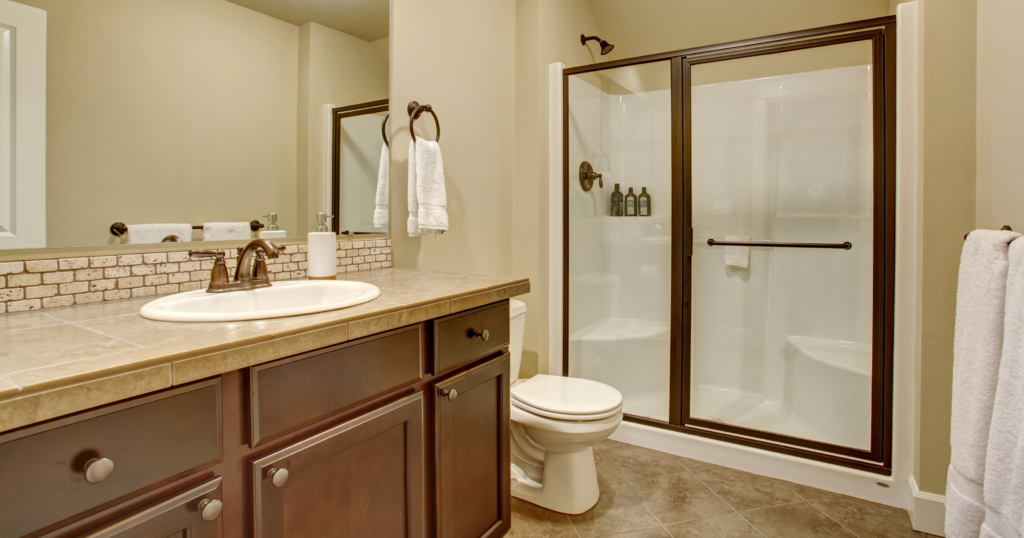
Plumbing fixtures (sinks, tubs, showers, toilets)
You want to start off by looking for any major leaks in these fixtures. It’s not expensive to fix a leaky faucet yourself if you know how to do it, and have the right tools for the job. The toilet is also something that isn’t expensive to replace.

Ventilation (Fans and Windows)
It’s important for the bathrooms to have adequate ventilation. This is going to be in the form of fans or windows, or both. If there is a bathroom fan, turn it on to check how well it works. Does it sound loud, or not? If there is a lot of dust on the grate that can easily be cleaned off with soap and water.
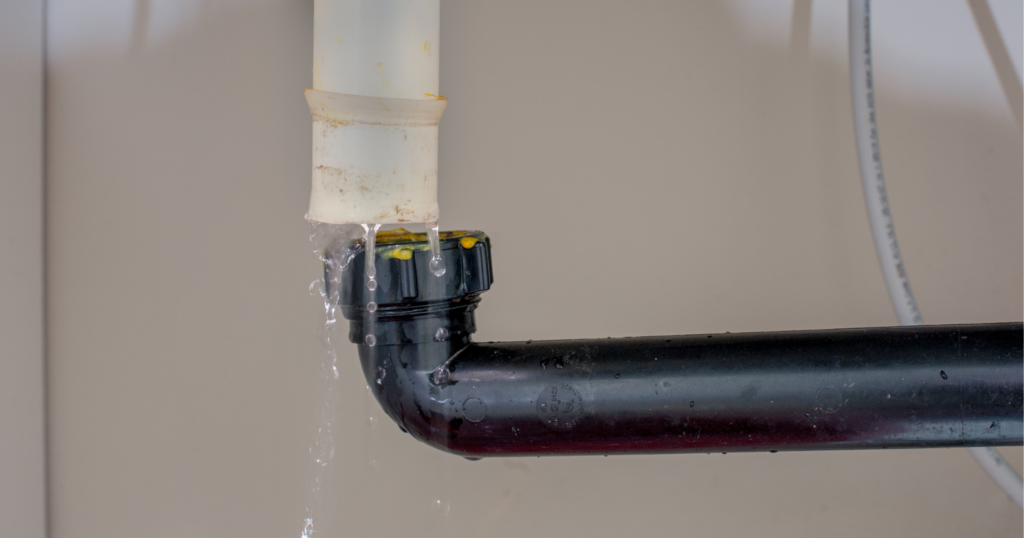
Water Leaks/Damage
This can occur mainly under the vanity, or behind the toilet on the floor. If the water valve is leaking this can be a larger issue that may need to be fixed by a plumber. There is also a chance it may simply need to be tightened.
Attic and Basement
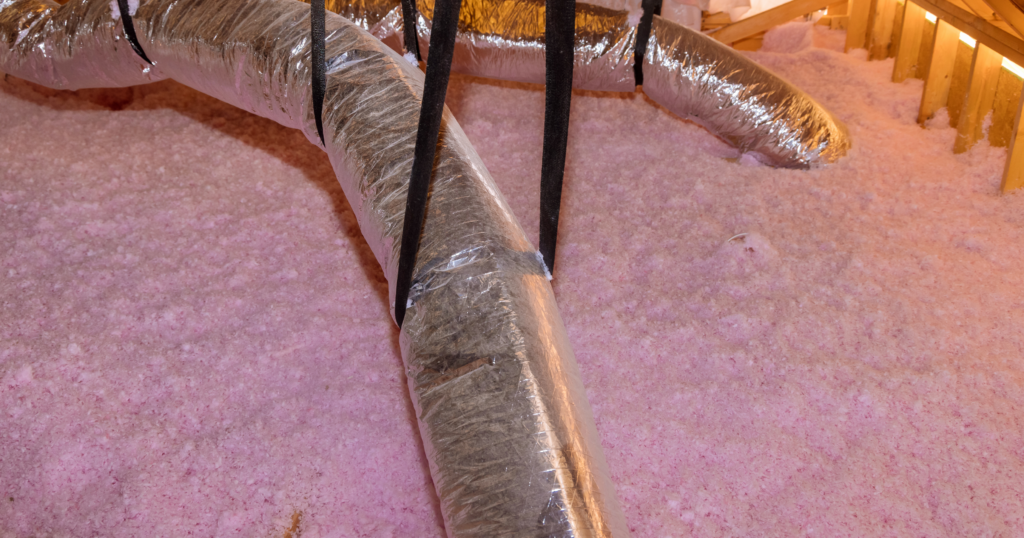
Insulation
The attic is considered a cold air space. That means it is not going to be heated when you heat the rest of the house. That’s why it’s important to have the right amount of insulation for the location the house is in. A cold climate is going to need a thicker layer of insulation than a warm climate.
If the basement is unfinished this can take some time and money to turn it into a more comfortable living space. This is an in-depth process that has many parts.
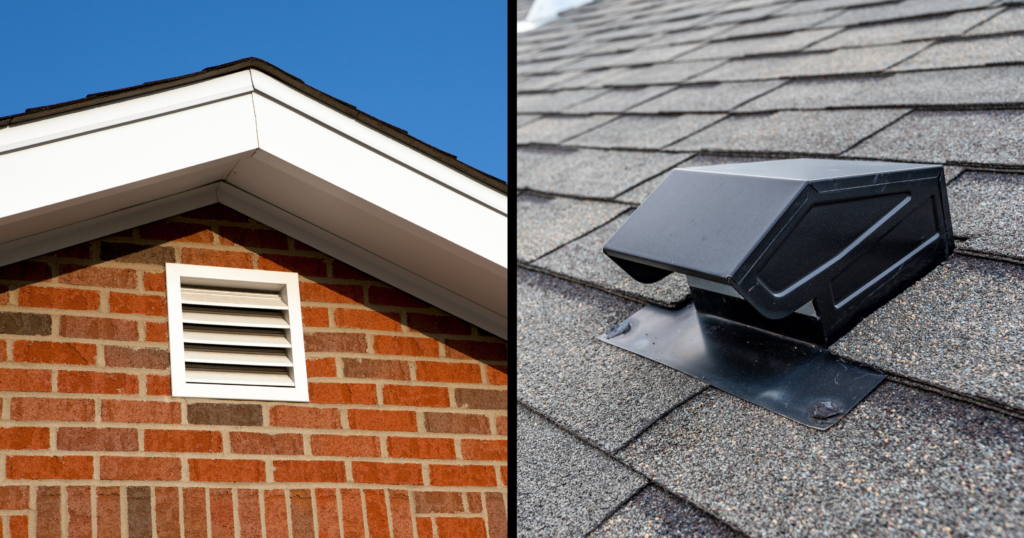
Ventilation
Attic ventilation can be in the form of several different types of vents. It’s important that every insulation is properly vented to prevent a buildup of moisture. If not, mold can form and cause a harmful living condition.
The basement ventilation usually is in the form of windows and window wells. You want to make sure they open and close properly and don’t have any obstructions in their way.
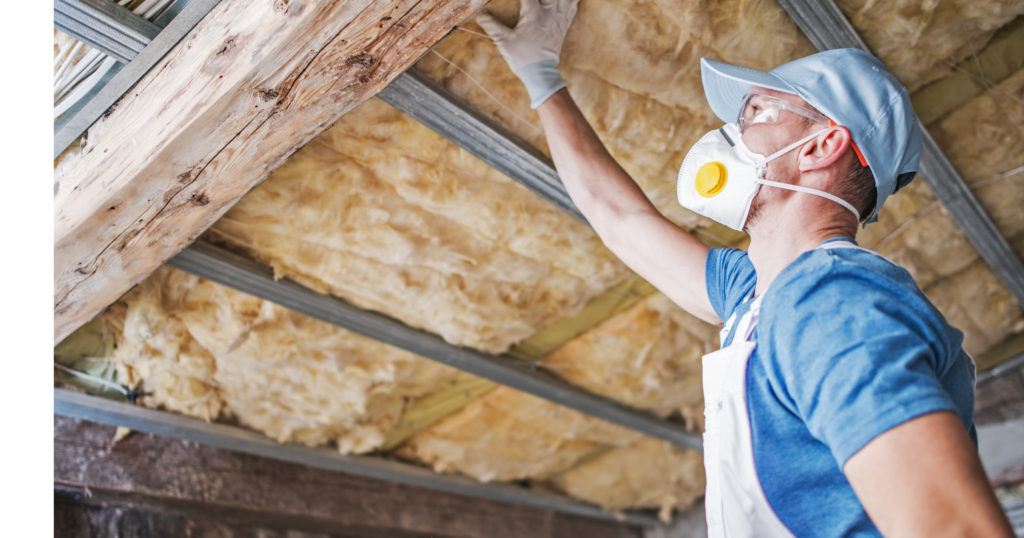
Structural Integrity
This can have obvious signs if you know what you are looking for. Make sure there is no major damage to load bearing walls, and other parts of the structure. The walls should be plumb and the house shouldn’t be sinking in any part. If you have any questions about the integrity of a house, consult a professional.
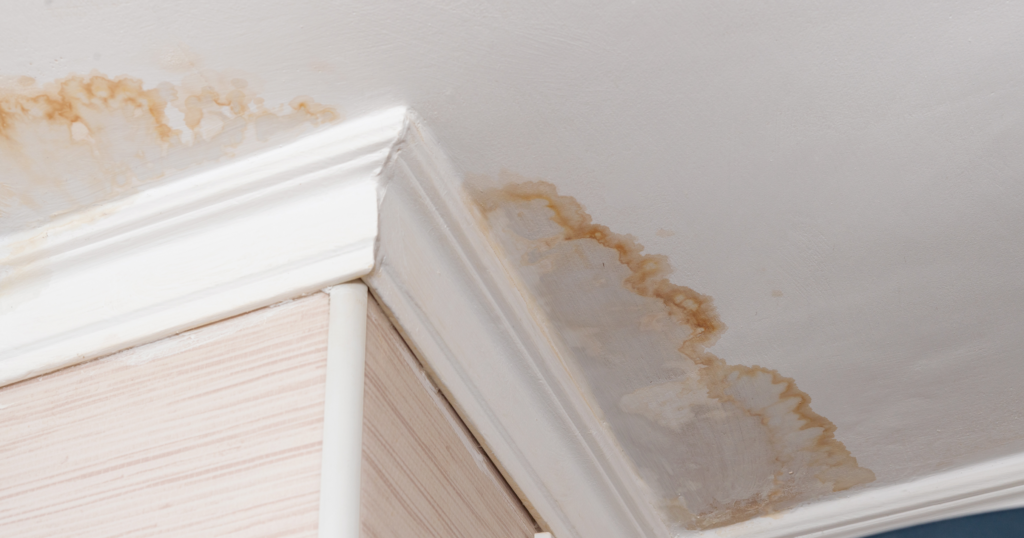
Signs of Water Damage
Water damage in the attic can be caused by a leaky roof. This will show up on the interior ceilings for the floor below the attic. It can also be noticed in the plywood that makes up the roof. You may need a flashlight to see this type of damage in the attic.
Water damage in the basement will generally come in the form of a cracked foundation. This can become a larger problem if left undressed. An unfinished basement generally is allowed a certain amount of moisture, but this should be controlled, and kept at a minimum or zero level.
Electrical System
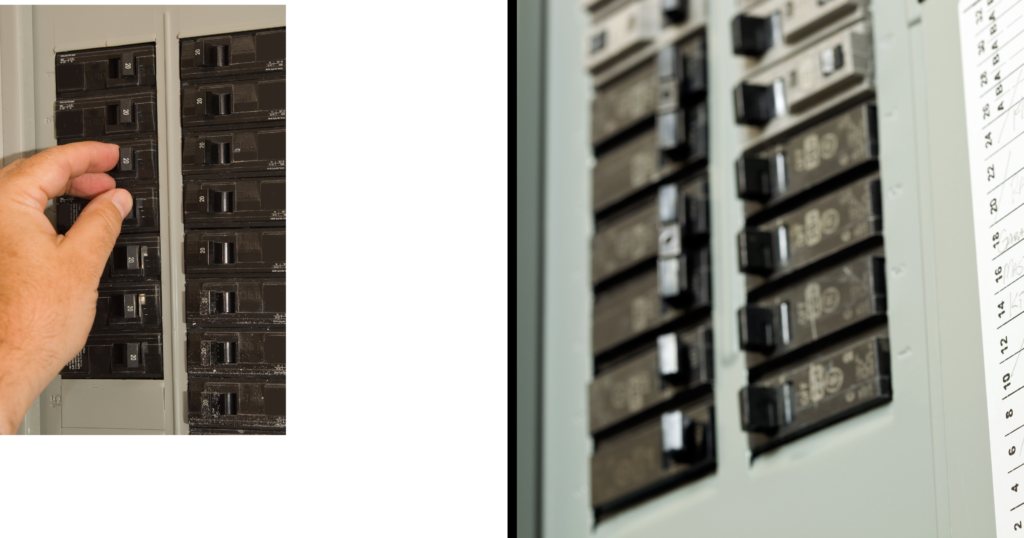
Circuit Breaker Panel
The electrical panel should not be tampered with if you don’t know much about it. This is a very dangerous part of the house, and can be a cause of serious injury.
Start off by verifying that there is no obstruction blocking access to the panel door. Open the door and check that all the switches are in the on position. Also there should be a cover plate over any blanks in the panel. You do not want any exposed wires to be showing as well.
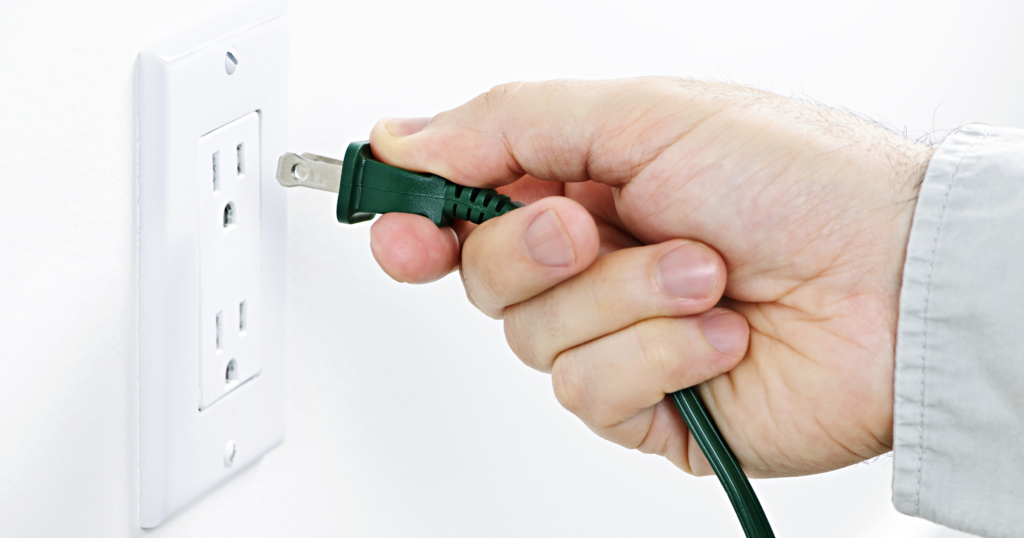
Wiring and Outlets
If any of the breakers are tripped, that may mean there is a problem with that circuit’s wiring. This is something a professional should look at. It will be addressed during the official home inspection.
You will want to make sure all the outlets are in working order. To do this you may need a voltage detector. This is a tool that costs around $20, and is good for every homeowner to have.
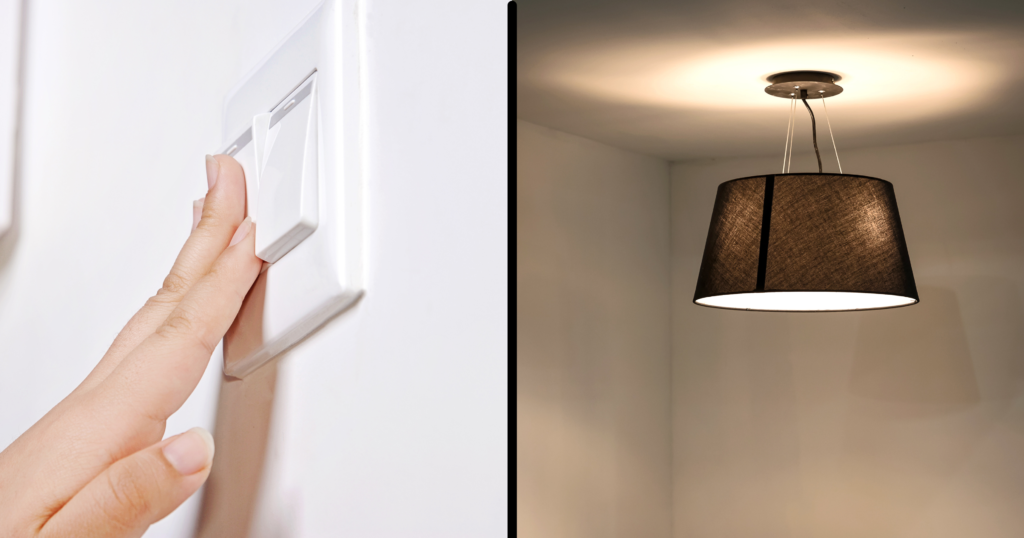
Light Switches and Fixtures
As you go through the house test the switches to see if they work right. Keep in mind that if they don’t work there is a chance that the light bulb is burnt out and needs to be replaced.
Safety Concerns
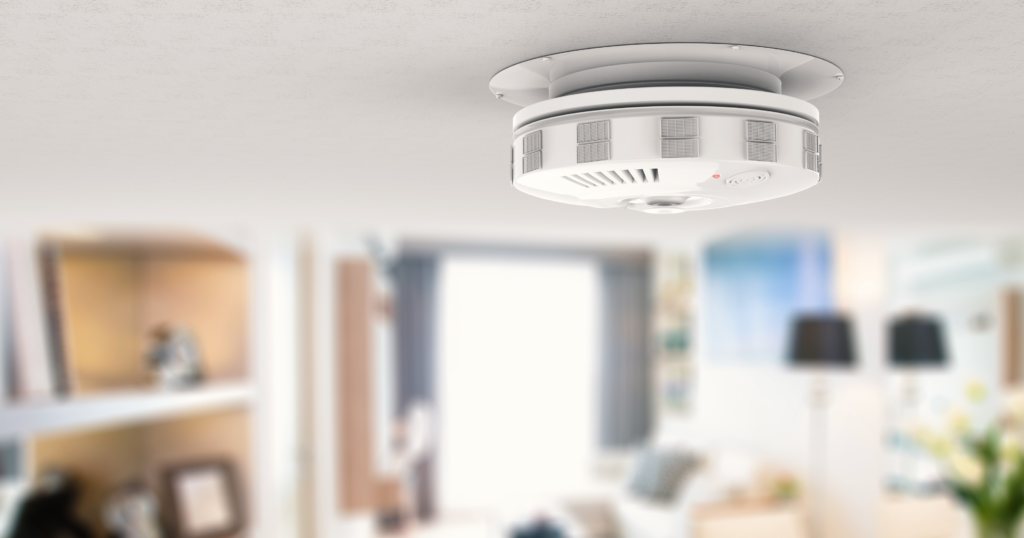
Smoke/Carbon Monoxide Detectors
Does the house have smoke and carbon monoxide detectors in the proper locations? Do they work? I wrote an article that covers everything you need to know about smoke and carbon monoxide detectors. Read it Here.
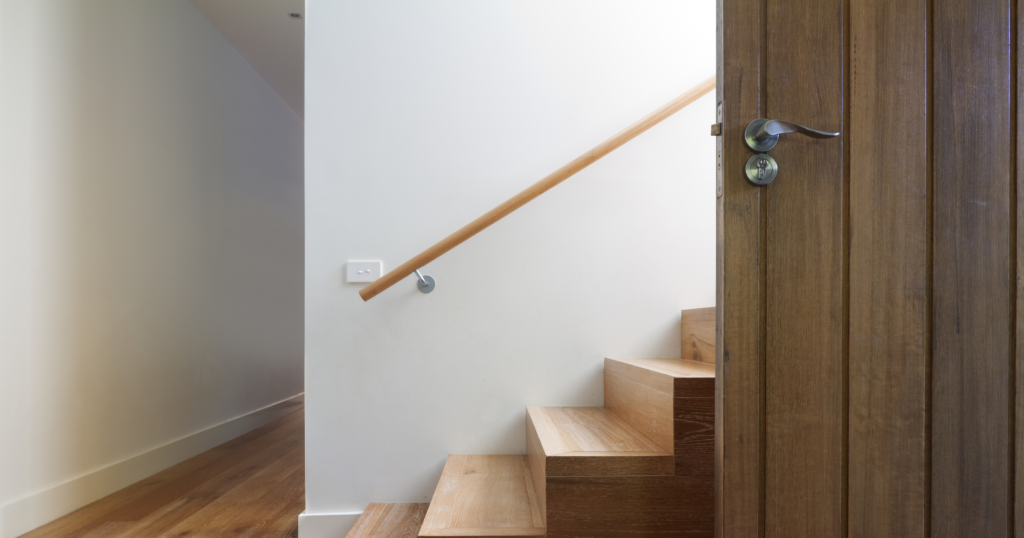
Handrails and Stairways
If there are any handrails they should be securely attached to the wall. The stairs should be solid, and not slanting in any direction.
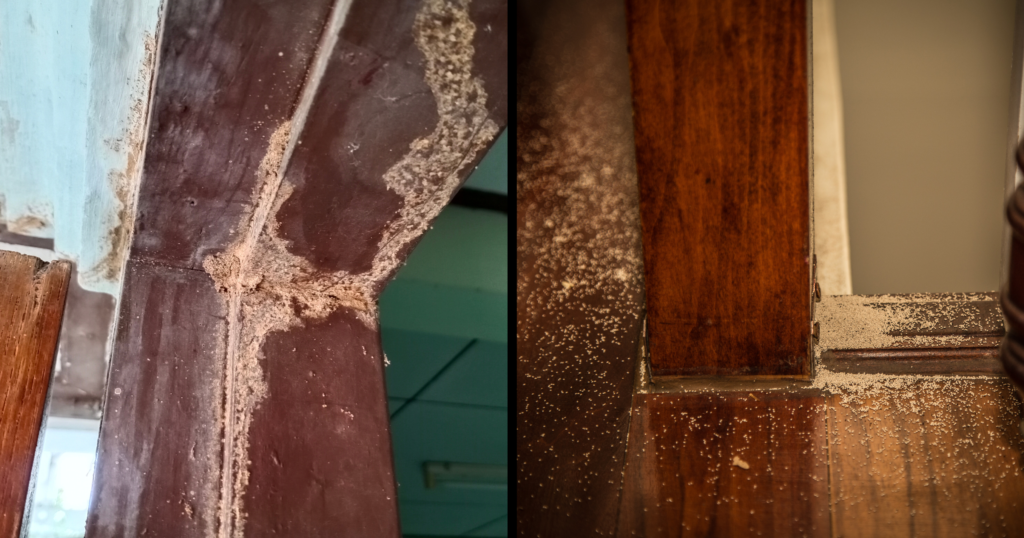
Signs of Mold and Pests
Black mold is a dangerous thing that can make people very sick. It looks like a patch of dirt on the walls or ceiling. Some of the more common pests are termites, and carpenter ants. You can check for them by looking for their droppings near wood.
What is the biggest red flag in a home inspection?
The biggest red flag when inspecting the home is its roof and structure’s integrity. This problem can be very expensive to fix, and will need to be addressed immediately. You may be able to work this into the negotiations if it’s noticed soon enough.
Conclusion
When looking for a home to buy it’s important to know what you are getting. An inspection when done right can make or break the sale. It can also save you a lot of money in the long run.
It’s important to know what you are looking at when inspecting a home. If there are any issues, you will want to be able to rank them into levels of importance for addressing them. Issues like these are an ongoing part of home ownership that will never go away completely.
I hope this article helped you with making a decision. Here at Castle Remodel I am devoted to giving you the best tips and tools to turn your home into your sanctuary.
Happy Remodeling,
Kevin

